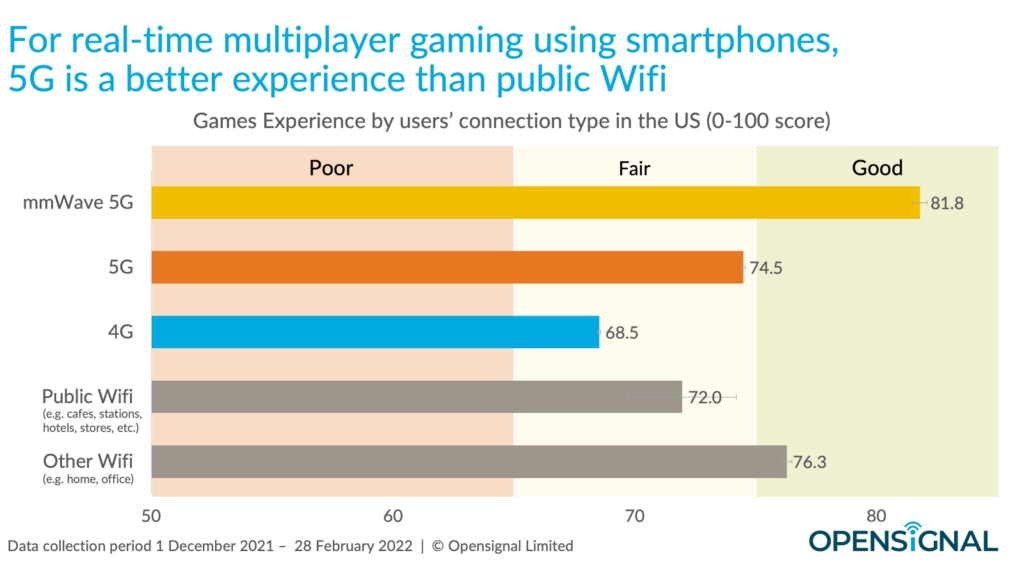 ETSI announces the completion of its Release 3 specifications on Fifth Generation Advanced Fixed Network (F5G-A). Building on the achievements of Release 1 and Release 2, the ETSI ISG F5G has specified a series of new features and capabilities, further elevating fixed fiber networks to a new level:
ETSI announces the completion of its Release 3 specifications on Fifth Generation Advanced Fixed Network (F5G-A). Building on the achievements of Release 1 and Release 2, the ETSI ISG F5G has specified a series of new features and capabilities, further elevating fixed fiber networks to a new level:
ETSI ISG F5G unveiled the “F5G Advanced Generation Definition”, which not only further enhances existing three foundational features of F5G-Enhanced Fixed Broadband (eFBB), Full Fiber Connectivity (FFC), and Guaranteed Reliable Experience (GRE), but also introduces three new key features: Real-time Resilient Link (RRL), Optical Sensing and Visualization (OSV), and Green Agile Optical network (GAO).
In terms of quantitative advancements, F5G-A delivers substantial improvements over F5G, including: A tenfold increase in bandwidth (from Gigabit/s to 10 Gigabit/s); A tenfold increase in fiber connection density; Tenfold improvement in energy efficiency; Enhanced reliability from five nines (99.999%) to six nines (99.9999%); Improved quality of experience, L4 autonomous network.
Release 3 introduces 17 new use cases by ETSI GR F5G 020. They cover a diverse range of areas, including services and applications for residential customers (naked 3D displays, Cloud Desktop, …), enterprises (Premium private line service automation, …), vertical industries (Intelligent power grid, Railway perimeter inspection, …), network operation optimizations (OTN intelligent fault management, QoD App-Flow service provisioning), and evolved fixed end-to-end infrastructure (computing collaboration in PON network). This comprehensive set of use cases has been further analyzed for requirements and gaps.
To support these new requirements, an evolved network architecture has been specified. The improvement and evolution can be categorized as: Technologies are upgraded from Wi-Fi 6 to Wi-Fi 7; from XG(S)-PON to 50G-PON, adding fgOTN to OTN, advancing from 100G/200G to 400G/800G; Computing for enhancing networks and services: Compute resources and functions are added to all the F5G-A planes and a cross-plane computing plane is formed, enabling deep cooperation between the compute functions and the network functions; E2E network architecture is introduced: coordinated slice management, northbound interface to support Network as a Service (NaaS), E2E service management, private lines for premium and mission-critical cloud access.
Globally, operators started to commercially deploy the F5G Advanced technology. It is noteworthy that there are some F5G-A commercial deployments marketed as F5G-A services in the market, such as [1].
Three valuable PoCs were implement during the period of Release 3, which built the connections between standards to real deployments. Specifically, the PoCs address autonomous optical telecom networks, and industrial optical networks for manufacturing.
Release 3 of ETSI’s F5G specifications marks a significant leap forward, elevating fixed-fibre networks to levels that will allow a variety of novel networked services while ensuring robust security and exceptional service quality. The ETSI ISG F5G group started to enhance F5G-Advanced technology further in Release 4 and beyond.



